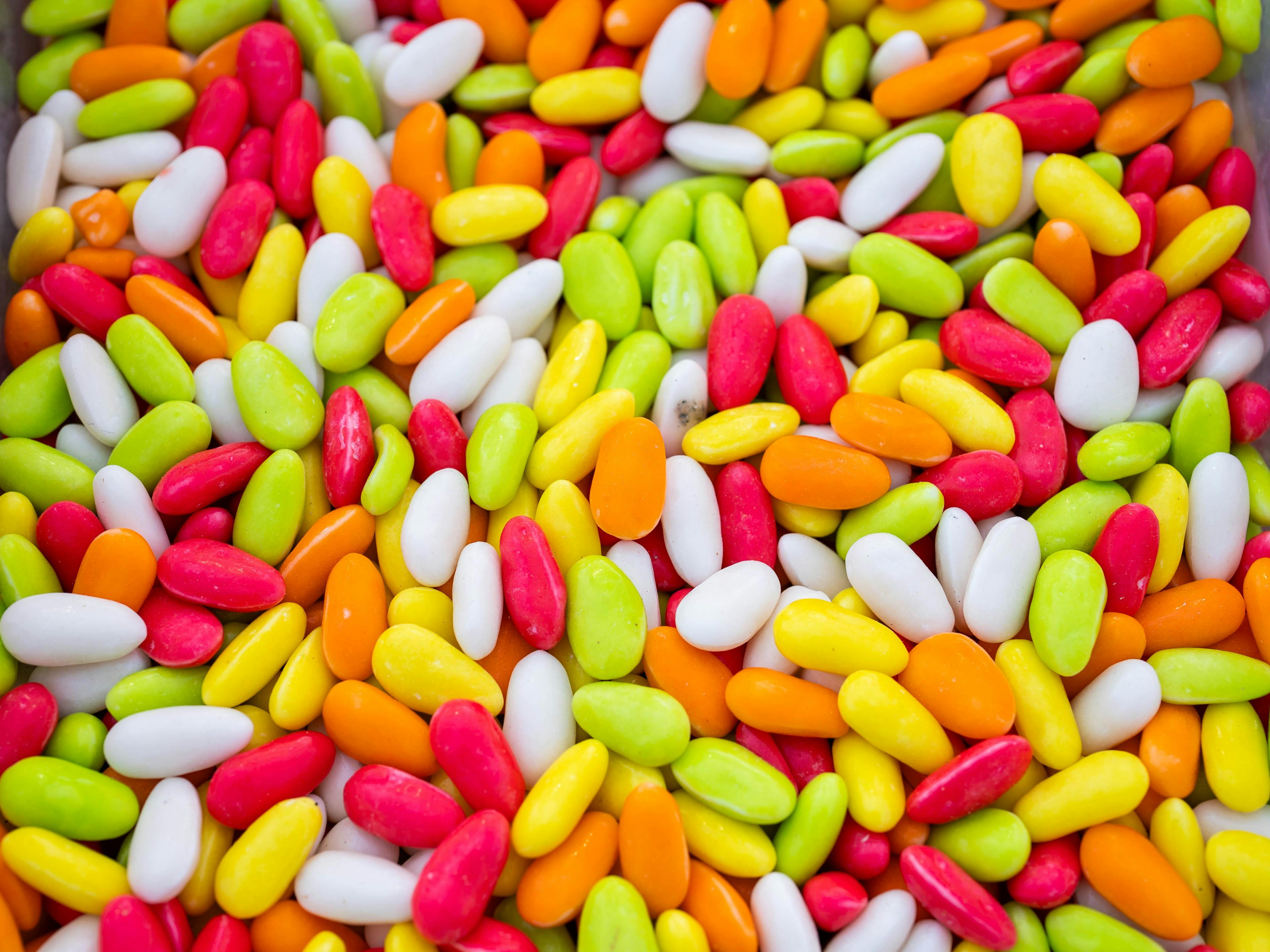
Effective Ways to Feed Daphnia for Betta in 2025
As fish enthusiasts continue to discover the myriad benefits of live food for their aquatic pets, Daphnia has emerged as a top choice for feeding Betta fish. Known for its high protein content and nutritional value, Daphnia not only enhances Betta health but also supports growth and vitality. In this article, we will explore effective feeding methods, create ideal conditions for culturing Daphnia, and share insights on incorporating this nutritious food into your Betta fish diet.
This comprehensive guide will include everything from the nutritional analysis of Daphnia for Betta, effective feeding schedules, and strategies for raising Daphnia at home. Whether you're a seasoned aquarist or just starting, understanding the importance of Daphnia for Betta fish and the best practices for feeding will be invaluable for enhancing your fish’s diet.
Let’s dive into the world of Daphnia and uncover how it can transform your Betta's diet and overall health!
Nutritional Benefits of Daphnia for Betta Fish
Building on our introduction to Daphnia, understanding its nutritional profile is key to appreciating why it should be a staple in a Betta fish diet. Daphnia is rich in proteins, fats, essential fatty acids, and varies in vitamin content, making it an ideal live food for Betta fish. Its high protein content, ranging from 50% to 70%, aligns perfectly with the dietary needs of Betta fish.
In addition to proteins, Daphnia provides vital nutrients that help boost immune system functions and foster healthy growth rates in Betta fish. Specifically, the calcium and certain fatty acids found in Daphnia contribute to stronger bones and improved coloration in Bettas, enhancing their overall appearance and vitality.
Moreover, Daphnia contains carotenoids, which aid in color enhancement and act as antioxidants, promoting long-term health. This makes it more than just a food source; it’s a way to support a well-rounded diet for your Betta fish.
Some may wonder about the impact of Daphnia on Betta behavior and interaction. Engaging with live foods like Daphnia can stimulate natural hunting instincts, keeping your Betta active and mentally engaged, which is crucial for their well-being.
In conclusion, incorporating Daphnia into your Betta's feeding regimen not only nurtures their physical health but also enriches their living experience.
How to Raise Daphnia for Betta Fish
Now that we understand the benefits of Daphnia for Betta fish, let’s explore the effective methods for culturing Daphnia at home. The first step in successfully raising Daphnia is ensuring optimal tank conditions. Daphnia thrive in clean and well-oxygenated water. Creating a suitable environment typically involves maintaining water temperatures between 20°C to 22°C (68°F to 72°F) and a pH level around 6.5 to 8.5.
Choosing the right Daphnia species is equally important. Daphnia magna and Daphnia pulex are popular species due to their size and adaptability, making them ideal for Betta fish feeding. Once you have selected a Daphnia species, ensure that the water in the tank is devoid of pollutants or harsh chemicals that might hinder their growth.
Feeding your Daphnia culture is straightforward. They flourish on phytoplankton like green water or powdered foods, which can be made from spirulina or yeast. Regular feeding will sustain Daphnia growth and enhance their nutritional value for your Betta fish.
When harvesting Daphnia, avoid taking more than 25% of your culture at any one time to prevent population collapse. Regular harvesting helps keep the Daphnia population in check and prevents overcrowding, which can lead to health issues.
Once harvested, Daphnia can be introduced to Betta fish, either live or frozen, depending on preference. This practice can be a rewarding endeavor for aquarists, supplying their Bettas with fresh, nutritious food right from their homes!
Feeding Techniques and Schedules for Betta Fish with Daphnia
Transitioning to feeding practices, establishing an effective feeding schedule for your Betta fish is essential when incorporating Daphnia into their diet. Generally, Betta fish should be fed 2-3 times a day, with Daphnia as one of the main options for their meals. This frequency allows Bettas to have a varied diet, ensuring that they receive different nutrients throughout the week.
When feeding Daphnia, it's vital to consider the size of the Daphnia in relation to your Betta fish. Smaller Bettas may struggle with larger Daphnia, so it is best to offer appropriately-sized live Daphnia. Also, observe your Betta’s feeding behavior; ensure they consume the Daphnia within a few minutes to avoid waste buildup in the aquarium.
Introducing Daphnia to your Betta can be done gradually. Start with small amounts to see how your Betta reacts before increasing the quantity. Not only does this prevent overfeeding, but it also allows Bettas to acclimate to the new food source. The presence of live Daphnia can stimulate natural hunting behaviors as well.
Keep a close eye on how often you feed Daphnia to your Betta. While offering Daphnia frequently is beneficial, it's important to balance it with some dry pellets or flakes to ensure a diverse diet, providing essential nutrients that Daphnia might lack during certain life stages.
In summary, monitoring your Betta's eating habits and adjusting the feeding schedule accordingly will optimize their health and growth when using Daphnia as food.
Its part of generated content. Can i generate another part?